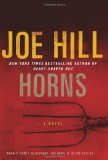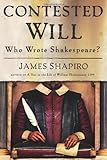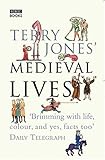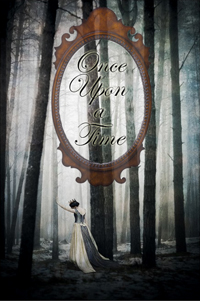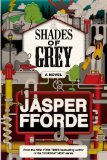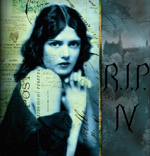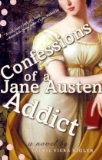Most avid readers I know have a TBR (to be read) pile. I mostly keep my TBR pile on Goodreads. I sometimes remember to put these books on my Amazon Wishlist. I have recently acquired a Kindle, and my department at school gave me an Amazon gift card in honor of my being selected as the Georgia Council of Teachers of English (GCTE) Secondary Teacher of the Year.
Since purchasing my Kindle, I have downloaded several books, all now in my TBR pile.
I really added Horns at Steve’s request, as he has been wanting to read it, but it has received good reviews, and I think I’ll eventually check it out, too.
I think I first heard about Contested Will via Twitter, but I’m not sure if it was @shakespearetav or @madshakespeare. I’m reading A Year in the Life of William Shakespeare: 1599 by James Shapiro, the author of Contested Will, and I’m thoroughly enjoying it. I see the anti-Stratfordians have begun panning Contested Will in Amazon reviews.
I have long enjoyed Terry Jones’s take on medieval history. Many people don’t know it, but Jones is a medieval scholar with a degree in English from Oxford. He has a gift for bringing history alive with humor, and I always enjoy whatever he does. Medieval Lives has been on my Amazon Wishlist for ages, so I finally purchased it.
I found out about The Dream of Perpetual Motion via Mad Shakespeare, which is a clever blog that you should be reading if you are a Shakespeare fan. This novel is a steampunk version of Shakespeare’s late romance The Tempest. I have never tried steampunk before, but I have tried books with elements of steampunk, such as Stardust. I was dithering about whether to download this book when @paulwhankins, who created a wonderful introduction to steampunk using LiveBinders, said it was good. That was enough for me.
I also found a good deal on three novels from the Brontë sisters on Kindle for $0.99. I haven’t read anything by Anne Brontë, and this collection affords me the opportunity not only to add an additional Brontë novelist to my TBR pile, but also to have my favorite novel (Wuthering Heights) and Jane Eyre at my fingertips wherever I go. The collection comes with Wuthering Heights, Jane Eyre, and Agnes Grey. If I can, as we say down here in the South, “get off the stick” and read it, I might finish it in time to include it as part of the All About the Brontës Challenge.
